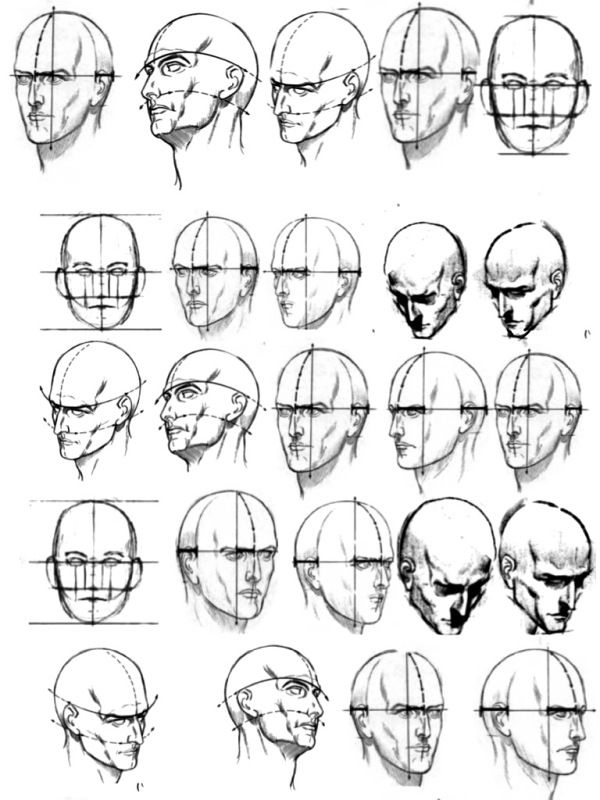HERE IS HOW A FLIP BOOK WORKS TO FOOL THE EYE
All you need to start experimenting with this optical illusion is a pad of paper and some water based markers. Don't use a Sharpie or other permanent marker because it will bleed through the paper. Start at the bottom page and draw a picture. Carefully trace the image onto the second to bottom page, moving it only slightly. Continue the process on the subsequent pages, shifting the picture gradually with only subtle changes. Work only on the bottom section of the pad so you can flip it easily using only your thumb.
How a flip book works from Rachel Wintemberg on Vimeo.
Here's how a flip book works to fool the eye
STUDENT GALLERY
THESE FILMS WERE CREATED BY MY MIDDLE SCHOOL STUDENTS USING iPADS AND THE APPS ANIMATION CREATOR, iMOVIE AND SKETCHBOOK PRO
Created by a 6th grade student
Caroline's Walk Cycle from Rachel Wintemberg on Vimeo.
Walk cycle animation by an 8th grade student
Animation by a 6th grade student
Short Claymation Films by middle school campers, Camp Horizons, Livingston NJ. Activity Taught By Rachel Wintemberg. All filming and creative work done by kids!
http://thehelpfulartteacher.blogspot.com
PROJECT IDEAS: USE THESE LESSONS TO TEACH STUDENTS ABOUT THE ANIMATION PROCESS
PROJECT IDEAS: USE THESE LESSONS TO TEACH STUDENTS ABOUT THE ANIMATION PROCESS
Simple Flip Books from Rachel Wintemberg on Vimeo.
Directions: Fold a piece of paper in half. Open it like a book and draw a face on the bottom half of the page. Close the 'book' and trace the face, except for the mouth, onto the 'cover'. Change the expression on the mouth on your second (traced) picture. Now flip the top page up and down to animate the face.
Assignment: Using the iPad app Animation Creator, create an animated cartoon of a person's face. Make your character ( or characters) change their facial expressions, depending on what is going on in the story. Feel free to use the worksheets from my lesson on Sketchbook Pro, if you need ideas.
Use this reference sheet if you need to make your character's head turn or move.
 |
| These reference pictures were created by the illustrator and cartoonist Burne Hogarth. To download Burne Hogarth's free books on dynamic figure drawing and movement, please visit http://bookos.org/g/Burne%2520Hogarth |
My students, who only have art twice a week, did not have time to use Hogarth's beautiful drawings or animate more realistic human heads but we did have fun drawing cartoon people and changing the facial expressions. Once we were done experimenting, I gave them a more serious assignment, one that involved using animation to tell a story. Our school district uses the 8 Keys of Quantum Learning character education curriculum.
The students chose to focus on the second key;
'Failure Leads to Success'. Here is the worksheet I handed out to get them started:
The students chose to focus on the second key;
'Failure Leads to Success'. Here is the worksheet I handed out to get them started:
HERE ARE SOME OF THEIR FINISHED ANIMATIONS
Failure leads to success from Rachel Wintemberg on Vimeo.
A message from the students at William C. McGinnis School. Treat every struggle as a learning experience. If you've never failed at anything, you've never challenged yourself to learn something new.
http://qlblog.qln.com/archive/2008/04/03/failure-leads-to-success.aspx
For step by step directions on how to use Animation Creator, please see the following posts in this blog:
Click on the link below to read my review of the iPad App Animation Creator HD in the Spring 2014 issue of Scholastic Administrator Magazine:
Human Head Quick Sketch: form in space
My students requested a more detailed cartooning lesson on how to draw the human head looking in different directions. Use this as a guide when cartooning or animating.
How to use layers in 'Animation Creator' to do rotoscoping
Click here to see my complete blog post on using rotoscoping in the iPad app 'Animation Creator'.
Click here to read a complete explanation of rotoscoping, and the history of the technique on Wikipedia.
Mrs. Wintemberg's
Essential Library for Aspiring Animators:
The Illusion of Life, Disney Animation
Essential Library for Aspiring Animators:
The Illusion of Life, Disney Animation
How to Draw Comics the Marvel Way By Stan Lee and Steve Buscema
Basic Animation by Walter Foster
How to Make Film Cartoons by Preston Blair
|







Hello! Architecture is for the young. If our teenagers don't get architecture -- if they are not inspired, (then) we won't have the architecture that we must have if this country is going to be beautiful. @ Joy Harjo
ReplyDeleteThis makes it look easy, I am tempted to try.
ReplyDelete